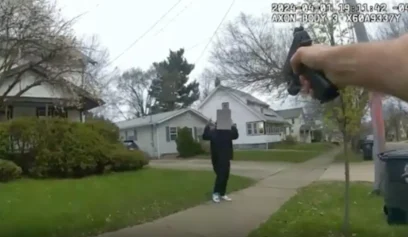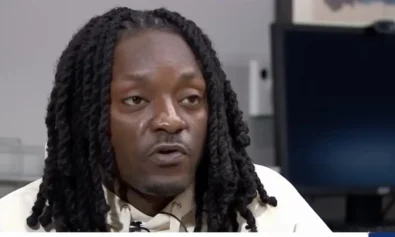The Asiana Airlines flight that crashed short of the runway in San Francisco on Saturday was traveling well below its target speed for landing and was being flown by a pilot on his first flight into San Francisco at the controls of a Boeing 777, according to The Associated Press.
“The speed was significantly below 137 knots (158mph; 254km/h), and we’re not talking a few knots,” National Transportation Safety Board (NTSB) Chairman Deborah Hersman said at a briefing Sunday.
A spokeswoman for Asiana Airlines confirmed to the AP that “it was Lee Kang-kook’s maiden flight to the airport with the jet.”
According to the AP report, the pilot had flown Boeing 747 jets into San Francisco’s airport previously, and was assisted on this flight by another pilot with more experience flying the 777.
National Transportation Safety Board said flight 214 was traveling “significantly below” its intended speed and the flight crew tried to abort the landing just seconds before it hit the seawall in front of the runway.
In addition, San Mateo County Coroner Robert Foucrault said his office was investigating whether one of the two Chinese girls killed in the crash had been run over by a rescue vehicle.
Foucrault said San Francisco Fire Department officials notified him at the site Saturday that one of the 16-year-olds may have been struck on the runway. Further details may be unveiled in an autopsy to be completed today.
Hersman described what investigators found in their initial review of the plane’s flight data and cockpit voice recorders.
“The approach proceeds normally as they descend,” she said. “There is no discussion of any aircraft anomalies or concerns with the approach. A call from one of the crewmembers to increase speed was made approximately seven seconds prior to impact.”
The “stick shaker,” which gives an audible and motion signal warning that the plane is flying too slowly and is about to stall, sounds “approximately four seconds prior to impact.”
The pilot requested a “go-around” — to abort the landing, fly around the airport and try again, Hersman said.
“A call to initiate a go-around occurred 1.5 seconds before impact,” she said.
Investigators are probing all possibilities for the cause of the crash, including pilot error, she said.
“Everything is on the table,” she said.
She indicated that the flight crew had not been interviewed, which may take a few more days, and the engines will be dismantled to look for further clues.
“What we need to do is corroborate the information we have on both the flight data recorder and the cockpit voice recorder” for a complete picture of what happened, she said, but the two devices appeared to “mirror” each other.
Yoon Young Doo, the president and chief executive of Asiana Airlines, said Sunday he had ruled out engine or mechanical problems in the crash.
“I bow my head and sincerely apologize for causing concern to the passengers, families and our people. For now, we acknowledge that there were no problems caused by the 777-200 plane or engines,” Yoon said.
Yoon wouldn’t comment directly on whether the crash was due to pilot error or air traffic controllers but he said the three captains on board had more than 10,000 flying hours of experience between them.
In all, at least 168 people were treated for injuries, with 8 still in critical condition. The flight had originated in Shanghai before stopping in Seoul en route to San Francisco. It carried 61 U.S. citizens, 77 South Koreans and 141 Chinese.
It was the first fatal crash of a commercial airline in the USA since February 2009.
“We knew something was horrible wrong,” said Singh, who suffered a fractured collarbone and had his arm in a sling. “It’s miraculous we survived.”


